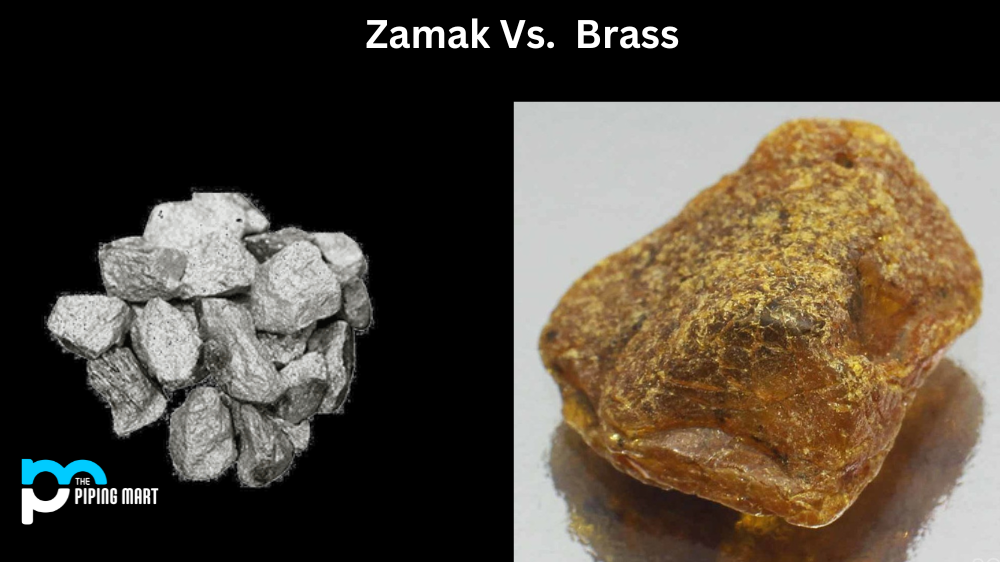When it comes to metal, there are many different types and qualities to choose from. Two of the most commonly used metals are zamak and brass. But what’s the difference between them? It all boils down to composition, cost, and durability. Let’s take a look at both metals to understand their differences better.
Zamak Metal
Zamak is a zinc-based alloy metal composed of 95% zinc, 4% aluminum, and 1% copper. This metal is often found in die-casting due to its high malleability and low melting point (about half that of brass). This makes it ideal for intricate designs or complex parts with thin walls. Zamak also has excellent finishing properties; it can be easily polished or plated with various finishes, such as chrome or gold. Zamak is generally less expensive than brass but less as strong or durable in harsh environments.
Brass Metal
Brass is a much stronger alloy metal composed mainly of copper and zinc (the exact composition can vary). It’s often used for decorative purposes because it has a much higher melting point (over 3000°F) than zamak, making it more suitable for parts that need to withstand high temperatures or heavy loads. Additionally, brass is corrosion-resistant and can be plated with various finishes such as nickel, chrome, bronze, etc., giving it an attractive appearance that will last for years without fading or rusting. Brass is usually more expensive than zamak but offers better strength and durability in harsher conditions.
Difference Between Zamak and Brass metal
Zamak and brass metal both have unique properties, making them excellent materials for various applications. Zamak is an alloy of zinc, aluminum, magnesium, and copper primarily known for its lightweight properties and malleability. On the other hand, Brass is composed of copper and zinc, with additional alloying elements often included to enhance its strength. Both metals are highly corrosion-resistant and can be used in humid or wet environments without damage. Zamak performs better in cold temperatures, whereas brass outperforms at higher temperatures and balances electrical conductivity with strength better than Zamak. In the end, which material you choose ultimately depends on your application’s physical property requirements, working environment, production cost, regulation compliance, and availability of either material in the desired size and shape.
Physical Properties
Zamak is a softer metal than brass and has a lower melting point. Zamak also tends to be more brittle than brass and could be stronger. However, Zamak is more accessible to cast and machine than brass.
Chemical Properties
Zamak is more resistant to corrosion than brass due to the presence of aluminum in the alloy. However, brass is more resistant to heat than Zamak.
Applications
Zamak is typically used in applications where cost is the primary consideration. Brass is generally used in applications where strength or resistance to heat or corrosion is essential.
Cost
Zamak is typically less expensive than brass due to the lower cost of zinc than copper.
Conclusion:
Both zamak and brass metals have unique advantages when creating specific components for projects or products. Knowing the difference between these two metals can help you determine which is best suited for your needs based on cost, strength, durability, finish options, etc. Whether you need a strong metal that won’t rust over time, like brass, or a lightweight metal with good finishing properties, like zamak – knowing the difference between these two materials can help you make an informed decision about which one works best for your project needs!

Pipingmart is a B2B portal that specializes in metal, industrial and piping items. Additionally, we share the latest information and information about materials, products and various types of grades to assist businesses that are involved in this business.




